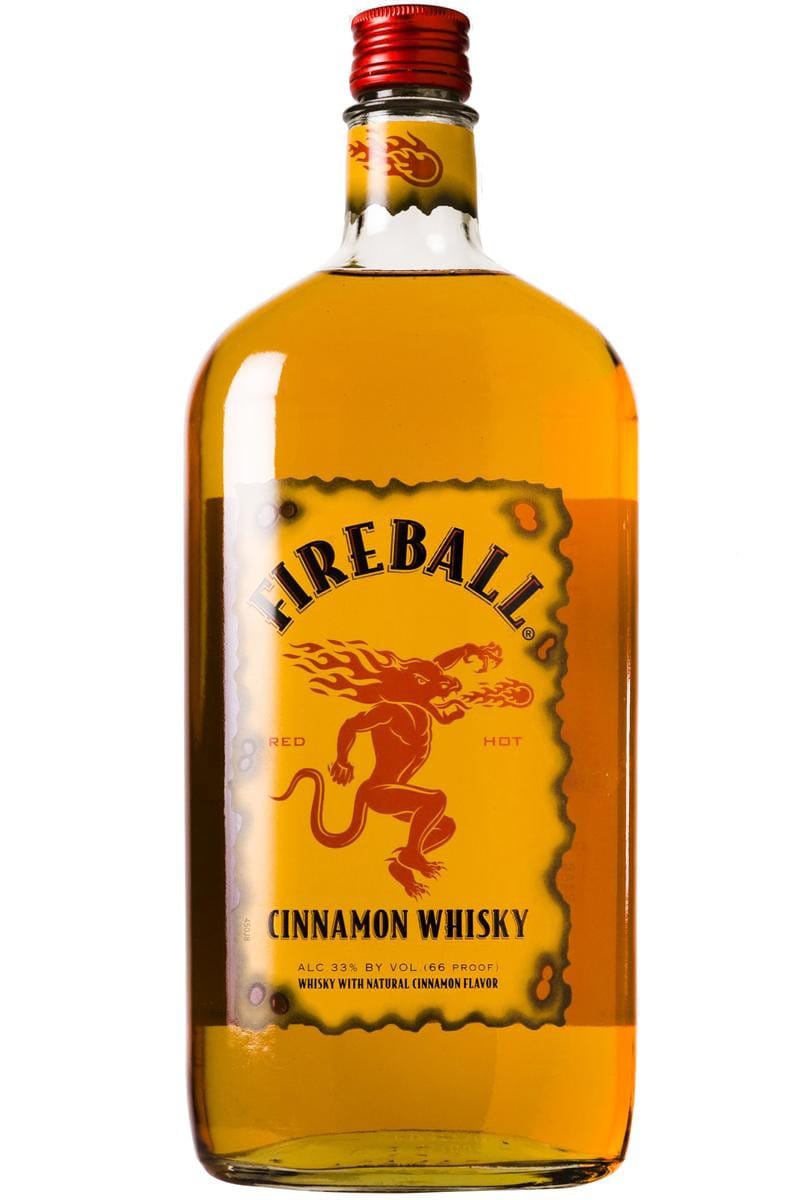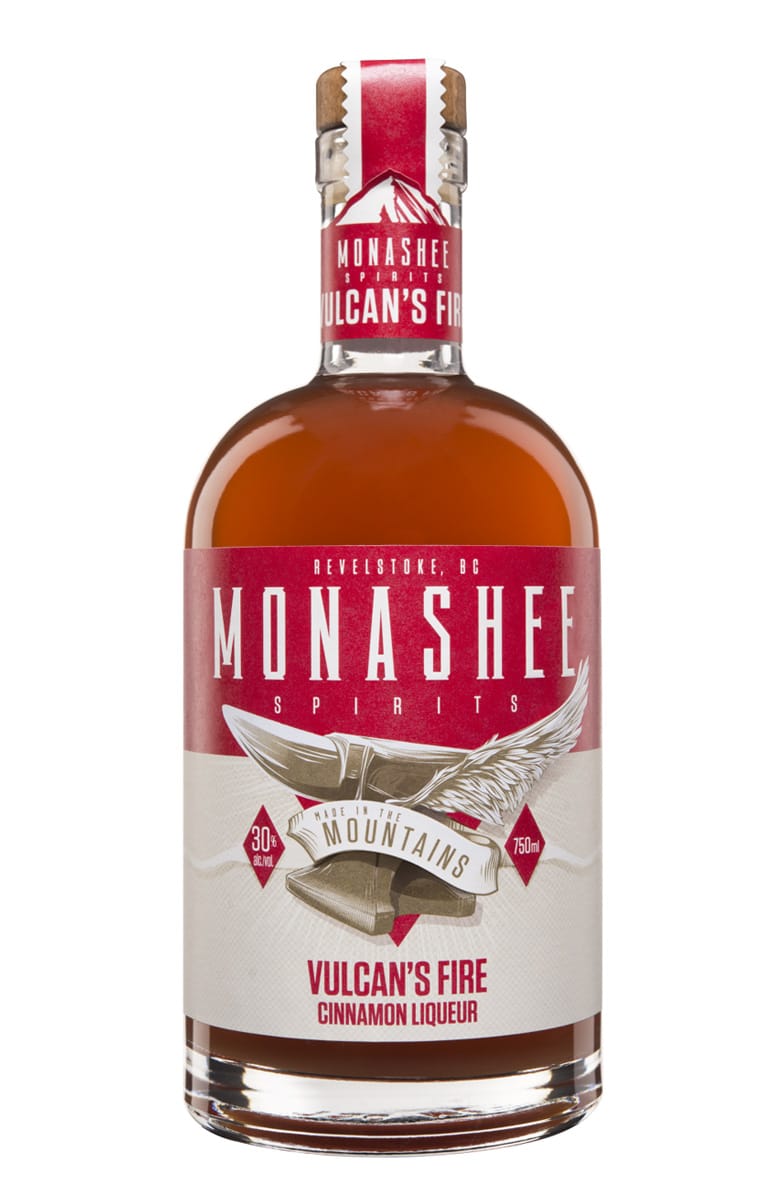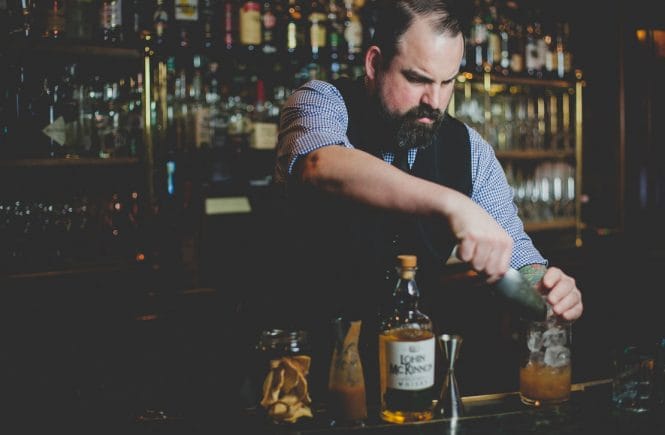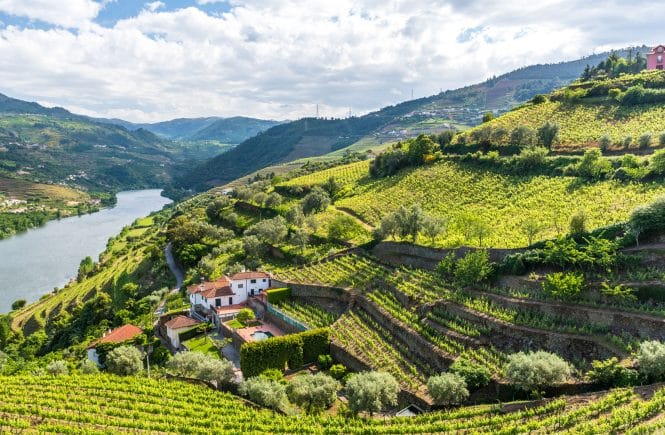Canada’s artisan distillers are bringing their own spiced heat to the party

Don’t look now, but Canada’s distillers have been gently plotting to spice things up for all you unsuspecting folks out there.
For instance, did you know that Fireball Cinnamon Whisky—which has taken off in a big way in the U.S.—has replaced Jägermeister as the masochistic shot of choice? It just doesn’t seem to be what you’d expect from a laid-back kind of land like Canada. But it turns out we Canucks were dabbling in pyrotechnic tippling well before its propulsion into pop-shot culture.

The cinnamon-flavoured whisky first appeared under the Seagram’s banner as Dr. McGillicuddy’s schnapps, most likely conceived in a lab down a dark corridor in Waterloo, Ontario, sometime in the mid-1980s. It is now made by New Orleans’ Sazerac company, whose precursor purchased the brand in 1989.
Also worth noting, the inspiration for McGillicuddy’s “original” persona may have been a victim of revisionist history. Seagram’s doctor was one Aloysius McGillicuddy, a fictitious saloon owner whose dispensing skills earned him his quasi-medical shingle. The true-life Valentine McGillicuddy, born in 1849, was indeed a doctor, or, more accurately, a field surgeon with the United States Army. He comforted and treated the Lakota warrior Crazy Horse in his dying moments, and became an early advocate for Indigenous peoples.
Sazerac extinguished Fireball’s Canadian origins and ignited a craze for the spicy spirit in places like Nashville, where it became popular with shot-slinging C&W fans and immortalized in song. “Dance in the dust, turn the radio up / And that fireball whiskey [sic] whispers / Temptation in my ear,” crooned Florida Georgia Line. Critics weren’t so kind, though: Bloomberg has called it “a syrupy incarnation of Wrigley’s Big Red gum.”
All of which might explain why, up here in the Trump-free zone where it originated, we’re so over Fireball shots. And have been for a while.
But we still have a taste for spice. The good news? A slew of craft distilleries have created some truly tasty alternatives to Fireball, most of which actually leave your sinuses intact and play nicely with a wide range of cocktail options.
Put it down to ingenuity with a healthy dose of social responsibility (sorry, it’s a Canadian trait). Distillers have found ways to make spiced liquors more subtle and less fiery, even appealingly nuanced. Here in cool-climate Canuckistan, we enjoy a long history of doing things differently. Remember, we’re the ones who actually discovered a palatable use for clam juice.
When we wrote the business plan, our ideal customer carried a bottle of hot sauce on their belt loop
Speaking of all things Caesar-ish, some intrepid distillers have been busy tweaking their vodka to the wild side. Sons of Vancouver Chili Vodka may indeed be among “the hottest out there” with a healthy kick of “Scovilles upon Scovilles” of heat. Yet it’s still smooth—and decidedly local, infused with aquaponic chilies. Sons of Vancouver’s James Lester says while they’ve been making Chili Vodka for a while, it wasn’t until they sampled it in a Bloody Caesar that people latched on. Now Chili Vodka far outsells their regular vodka. In fact, says Lester, “People drive in from Chilliwack to pick up bottles. When we wrote the business plan, our ideal customer carried a bottle of hot sauce on their belt loop.”
One reason for its success is that people drink Caesars year-round. But because Chili Vodka isn’t exactly a common category, it seemed a good idea to invent some other cocktails, too. Once people taste it in a Caesar, they often move on to a Moscow Mule or a Forbidden Spicy Pineapple (made with pineapple juice and mint). “It’s about getting people to adjust their habits. Get them to do one thing differently,” Lester says. “If they already drink Caesars, get them to try a new vodka, then when they come back, give them a new recipe.”

Up in the hills a few hundred kilometres east of Vancouver, Revelstoke’s Monashee Spirits is all about focusing on the mountain lifestyle, where skiers and snowboarders appreciate a drop of something to take the chill off. That’s one reason distiller Josh McLafferty decided to spice things up with Vulcan’s Fire, a spicy liqueur named for the ancient Roman god of fire.
An infusion of certified organic apples, cinnamon, honey (from their rooftop apiary), maple syrup and red Thai chili peppers, at only 30 per cent ABV the blend is well-balanced and far more complex than purely heat driven. The process starts with macerating the apples for four weeks, then adding cinnamon to infuse for another week. The chilis follow and the maple syrup and honey go in at the end.
It’s perfect for the flask up on the hill skiing or biking
It’s been a hit since day one. “It’s perfect for the flask up on the hill skiing or biking,” says McLafferty. “Or paired with a chai tea or in one of our cocktails in the bar.”
An appreciation for the spicier things in life can also be found on the Prairies, where folks know a thing or two about keeping warm. Saskatoon’s Lucky Bastard Distillers pays tribute to the region’s early Ukrainian influx with Horilka. It’s a riff on Ukrainian spiced vodka, which has traditionally been popular as a toasting drink.
Lucky Bastard infuses its regular vodka with Saskatchewan honey and Mexican chili peppers. They call it “the kiss and the slap” because it starts off with a sweet kiss from the honey, before a playful slap of heat from the chili peppers. Considering the scarcity of ski hills, you’ll be more likely to find it neat in the bleachers at a football game, in a Caesar or in a souped-up “Ukrainian Screwdriver.”
And who knows? Maybe it’s already made its way across the line to instill Canadian good taste, nuance—and a whole new take on heat—in our neighbours to the south.
HOW HOT? Want to know just how fiery that chili is? Look to the Scoville scale, which measures spiciness based on the concentration of capsaicinoids in peppers and other foods. Peppers can range from 0 Scoville Heat Units for a bell pepper to a toasty 5,000 SHU for a jalapeño to a scorching 1.5 million SHU for the Carolina Reaper, which is, according to Guinness, the hottest chili in the world, described as like “eating molten lava.”
—by Tim Pawsey




